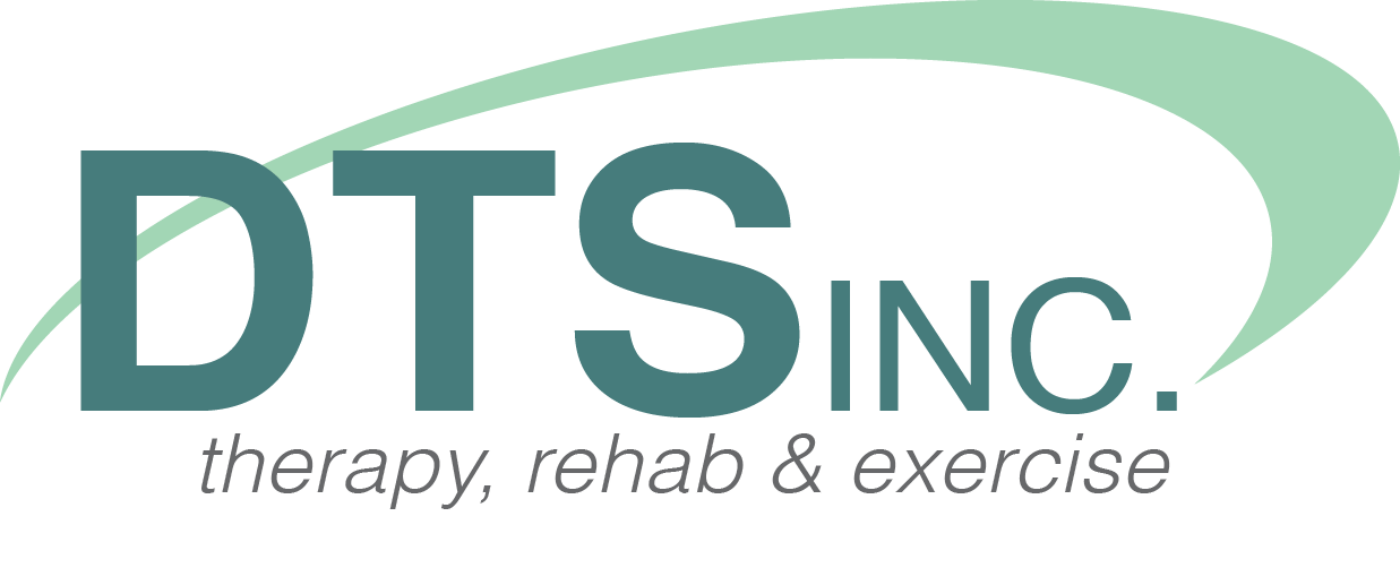Many have heard the phrase “W sitting” and that it is “bad” for their child to sit this way. However, many are unaware of the reason that children are discouraged from sitting in this position.
First of all, what is W sitting?
W sitting is when a child is sitting on their bottom with both knees bent and their legs turned out away from their body. If you were to look at the child from above their head, his or her legs will be in the shape of the letter “W”.
Why is W sitting bad?
When a child “W” sits, it puts their hip joints into extreme internal rotation. This tightens the muscles on the inside and stretches the muscles on the outside of the hips.
Since everything is connected, what happens at the hips also affects the joints at the low back, knees and ankles.
- This extreme rotation can cause a knock-kneed position and/or in-toeing of the feet.
The excessive stress and strain being placed on the hip and knee joint often result in increased risk of hip dislocation, long term leg pain and postural deformity.
The tightness in the hips also affects a child’s ability to sit erect in a chair or on the floor.
- The legs are often wide apart and the heels lifted up to accommodate the tightness in the leg muscles, specifically the hamstrings. To accommodate the restricted hip movement the child tilts the pelvis backward and flexes the trunk.
W sitting makes it impossible for the child to shift their weight from one side of their body to the other, negatively impacting the strength of the outer hip muscles.
- The ability to weight shift and build upon lateral hip musculature is especially important in standing and single limb balance and when developing the ability to run and jump.
W sitting does not allow the child to develop strong hip and trunk musculature.
- In this position, the hip and trunk muscles are not challenged and balance reactions are not incorporated.
Why do some kids sit like this?
It is the most stable way for children of all ages to sit because pelvis is relatively fixed and less muscle strength and control is needed to keep the trunk erect.
It has also been attributed to prolonged time spent in infant carrier devices.
- i.e. swings, bouncy seats, car seats
Conclusion
Prolonged W sitting throughout childhood can lead to chronic hip and knee pain and a delayed development in gross motor skills such as coordination, balance and the ability to sit, walk and run with appropriate posture.
What can you do?
Make your child aware of this sitting position and remind he or she to avoid it.
Suggest other ways for your child to sit, such as:
- long sitting, side sitting, crisscross sitting or sitting on a small bench







